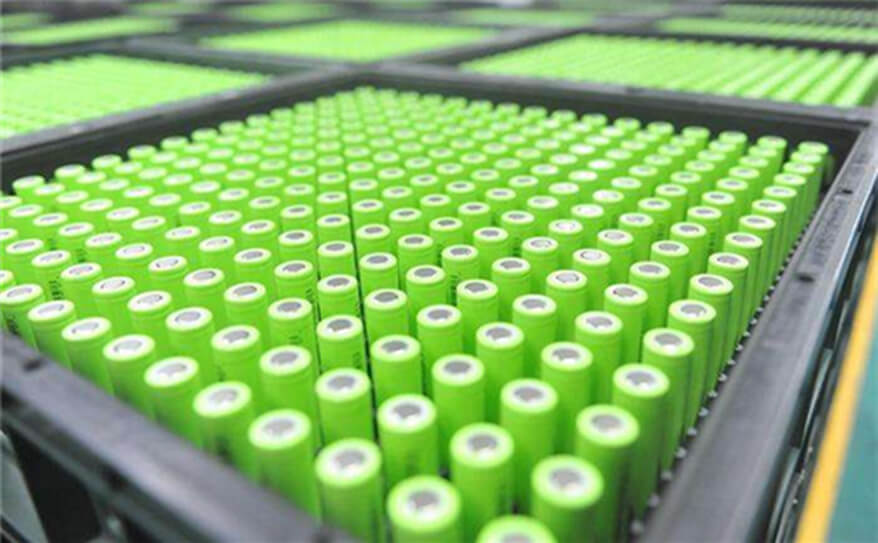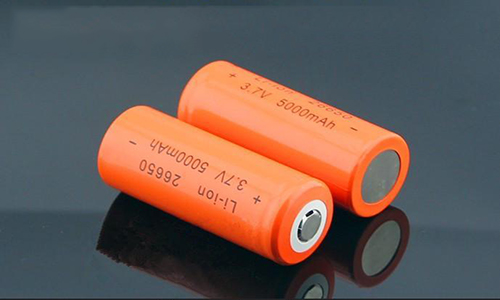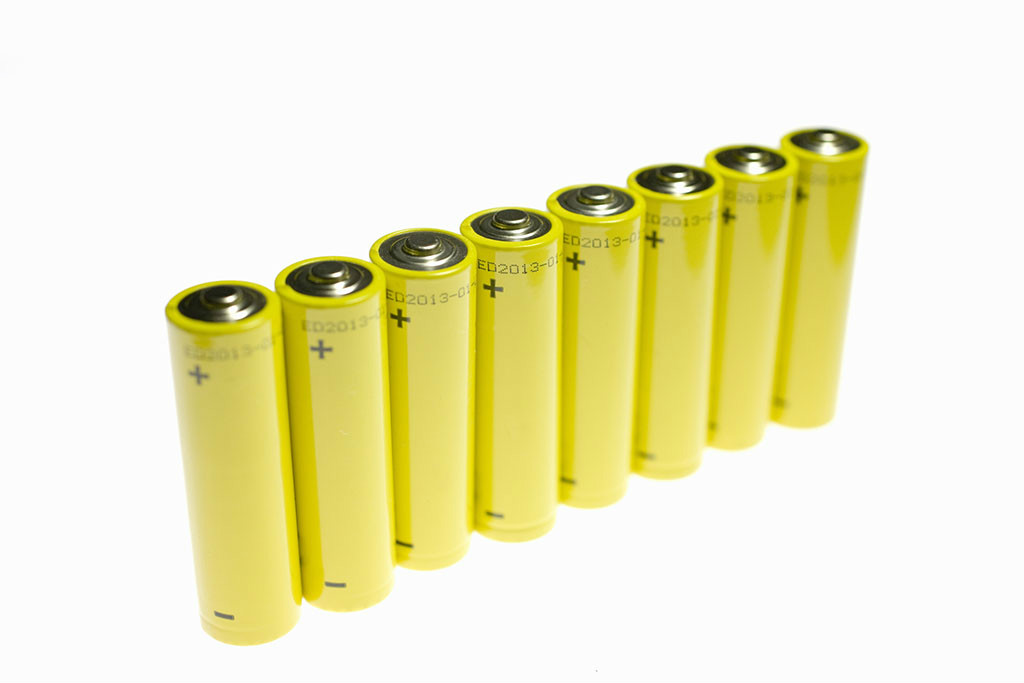How to charge lithium ion batteries?
May 16, 2019 Pageview:1362
Lithium ion batteries are batteries made with an intercalated lithium compound. The batteries working mechanism is by the movement of lithium ions from the negative electrode to the positive electrode, hence to recharge then, the lithium ions would have to move in the opposite direction which is from the positive electrode to the negative electrode.
The lithium ion batteries are very versatile and stores more energy than other battery types. They have one of the best energy density amongst rechargeable batteries. There are different types of lithium based batteries dependent on the materials used in building them and their charging duration varies too.
Proper charging of lithium ion batteries enables the battery to have a long operational life and elicits the best performance from the battery. It is then pertinent for the lithium ion battery to have a good battery management system to control the levels of charge and discharge rates of the batteries.
lithium ion battery charging circuit definition
The lithium ion charging circuit is a voltage-limiting circuit that looks like the lead acid system, the only difference is that the lithium ion circuit has higher voltage per cell.
The lithium ion charger Circuit is designed to charge lithium batteries with a variable current output. The circuit uses an op-amp to create a current and voltage limited power supply. A potentiometer is used to adjust the current to make it charge batteries with wider range of capacities.
In the first instance of charging a lithium ion battery, the current is controlled; this is the constant current charge. After a time the voltage peaks to 4.2volts for the cell. This voltage is maintained as the current falls. This is the saturation charge point.
During the charging process the lithium ions flow from the positive electrode to the negative electrode through whatever electrolyte is used. Also, electrons flow from the positive electrode to the negative electrode but go through the external circuit. The electrons and ions then come together at the negative electrode and deposit the lithium there.
The whole charging circuit comprises of two electrodes, a cathode and an anode. The cathode can be any of cobalt, nickel, manganese and aluminum and the anode can be made of graphite. Then an electrolyte of lithium salts is responsible for the transportation of the ion and electrons.
lithium ion battery charging tips
Looking at the amount of energy stored in lithium ion batteries it is very important that the batteries are charged properly and with the right charging tool.
Some of the tips to note in the lithium ion charging mechanism includes but is not limited to:
-Charge Temperature: The lithium ion battery temperature while charging should be watched. The battery shouldn’t be charged when the temperature is greater than 45 degrees or less than 0 degrees.
-Charge Current: The current required to charge lithium ion batteries must be limited. The current required depends on the battery size but lower values usually give more margin. Also, discharge current protection is required to prevent damage resulting from short circuiting.
-Lithium Ion Over-Discharge Protection: This is required to prevent the battery voltage falling below the required voltage level which is dependent on the manufacturer.
- Reverse Polarity Protection: The lithium ion reverse polarity is needed to make sure that the battery is not charged in wrong direction. That is, discharging it in the guise of charging it.
-Allow partial discharges: Partial discharges are a better option when allowing the lithium ion batteries to discharge as against full discharge. Continuous partial discharge creates what is called a digital memory decreasing the accuracy of the device power gauge.
-Avoid frequent overcharging: When charging your batteries, avoid frequently overcharging them. This is very bad for lithium for lithium ion batteries as it might explode when frequently overcharged.
-Use the appropriate charger: When charging lithium ion chargers make sure that the chargers that came with the batteries are used as these chargers were tuned to provide the appropriate current and voltage for the battery. Using a different charger might either undercharge or over charge the battery and cause damage.
-Avoid exposing the batteries to extreme temperatures: When charging lithium ion batteries, avoid exposing them to high temperatures, because it will cause an eventual downfall in its storage capacity. If you want to extend battery life, charge at room temperature.
-Avoid complete discharge: Lithium ion batteries shouldn’t be fully discharged before recharging. The batteries should be charged immediately they have gone down a certain percentage. Additionally, do not recharge deeply discharged lithium ion batteries if they have been left discharged for a very long period of time.
-Use a high capacity battery instead of spare: Most people these days are in the habit of getting a spare battery to exchange for their battery when it is discharged. But that is not the best option. It is better to get a high capacity battery and make sure it is properly charged.
-Charge the batteries with right current: Lithium ion batteries should be exposed to very high or low currents. The current that is most appropriate for the battery should be checked on the sticker on the battery and then chargers that best support the current should be used instead just charging them with any charger and end up damaging the batteries.
-Charging time: Knowing the usual time that it takes for your lithium ion battery to charge is necessary so as to know when it’s taking longer than usual to charge and hence try to remedy whatever is making it take so much time to charge. Also the reverse is the case. If your lithium ion battery charges faster than usual, you should also be able to know why and what to do to fix it.
lithium ion battery gets hot while charging
Lithium batteries are very versatile and can power anything from mobile phones to laptops. While charging these lithium batteries, there have been reports that it heats up and blows up at certain temperatures. This happens when the change in temperature elevates the risk for internal short circuiting and damaging the nearby components.
The chemical reaction that takes place when a lithium ion battery is charging is endothermic and this causes it to absorb heat. Since most of these batteries are being used while charging, the discharge which is exothermic causes a release of heat and this is what most times causes the battery to blow up.
In newer batteries, over-temperature protection is usually built into the chemistry of the lithium ion battery to prevent the overheating that arises when it’s charging. When designing high-current lithium-chemistry batteries, it is imperative that the technology for removing waste heat is infused into the total design to avoid over-heating. Parallel column cells are used to reduce the current into and out of each cell hence reducing the heating in the batteries.
New technologies for reducing heat in li ion batteries are being developed and used at present.
conclusion
Lithium ion batteries are all rave these days as they are commonly used in gadgets. Laptops, cameras and phones all carry these powerful batteries. The charging circuit which is more voltage based than current based is more efficient than other batteries.
Charging a li ion battery requires that the right voltage and current is applied and also that the right charger is used. Care should be taken in charging the battery right to avoid overheating and subsequently cause damage to the battery.
Proper battery maintenance measure should be taken to keep the batteries in good working conditions.
- Prev Article: How to Charge Lipo Batteries Properly?
- Next Article: Can I Ship Lithium Ion Batteries?
Leave Message
Hottest Categories
-
Hottest Industry News
-
Latest Industry News














